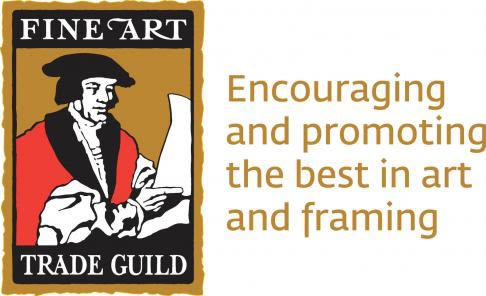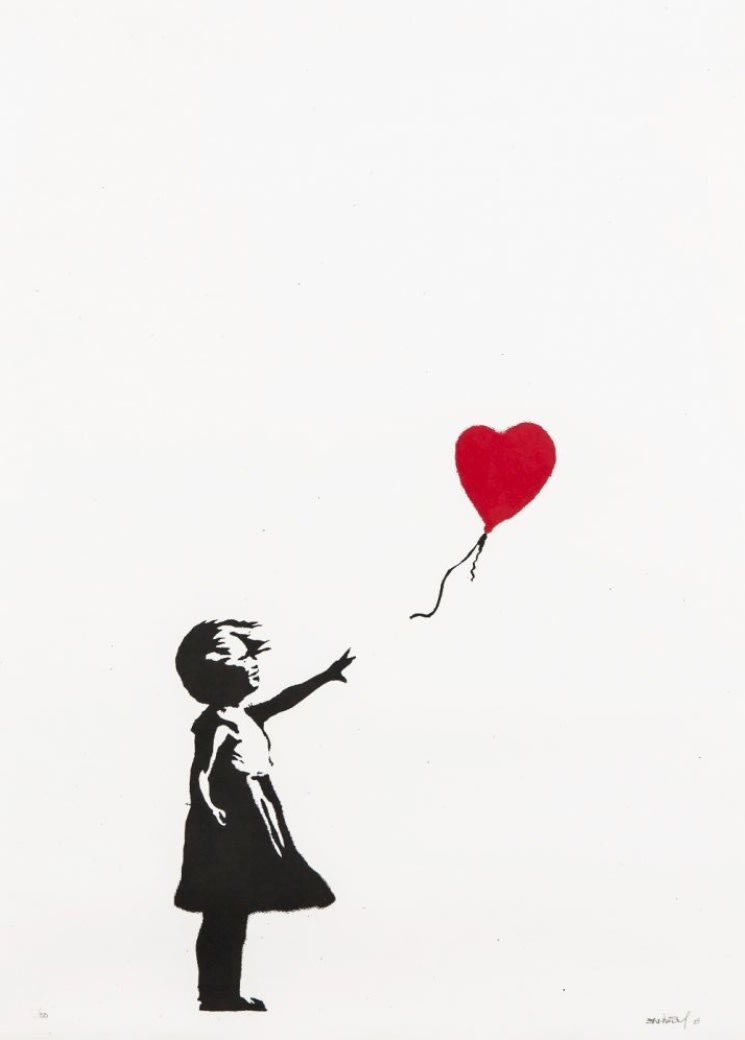But Hendricks’ widow quickly dismissed the work as a fraud. She said her late husband had kept meticulous notes about each piece he produced, and this was nowhere to be found. The technique and signature also appeared to be off, she concluded. The gallery owner wanting to buy the painting passed.
Investigators later discovered that the blue-suited subject was copied from a photo in a Wikipedia article about 1970s fashion, according to court records.


To convince buyers of Hambleton works, Harrington often said a fictitious wife had known the artist in New York decades earlier and obtained a painting. At least once, a woman posed as the wife in a phone conversation, but red flags went up when she introduced herself as his girlfriend and mispronounced Greenwich Village, according to court records. He also altered photos of Hambleton to make it appear as though his associates knew him personally, prosecutors said.
What the investigation did not ultimately determine is who painted the fakes. Harrington never admitted to personally creating any of the works, and a photo from his Google account shows a man that is not him appearing to be in the middle of working on the Hendricks portrait.
Harrington’s defense attorney earlier told the Union-Tribune that his client — a part-time Tijuana resident who has a long history of methamphetamine addiction and low-level drug convictions — got involved in the scheme after being taught by others.
The case — and the arguments over an appropriate sentence for Harrington — reignited the longstanding debate over the impact that forgeries have on the art world.
Assistant U.S. Attorney Andrew Galvin argued that the offense is aggravated because of the chilling effect it has had on Hambleton collectors particularly.
“Harrington’s victims have expressed their concern about ever purchasing art again given the lack of confidence they now have that a piece of art is genuine,” he wrote in his sentencing memorandum in preparation for the hearing. “Harrington’s actions will most likely negatively affect the market for Hambleton pieces now that Harrington has injected uncertainty into any purported Hambleton painting’s authenticity.”

(Courtesy of U.S. Attorney’s Office)
Defense attorney Jeremy Warren, while acknowledging the seriousness of Harrington’s crime, shifted some of the blame to the broader community of high-end collectors and gallery owners who jump — perhaps too quickly — at the chance to obtain prized rarities.
“Many of his purchasers were art dealers who took his documentation of provenance with a large spoonful of sugar, since they too stood to benefit from selling the too-good-to-be-true art he supplied,” Warren wrote in his sentencing document. “Recognizing it takes two to tango does not make Mr. Harrington any less culpable, of course, but we should not be so naïve to believe every art dealer was fooled by a meth-addled Tijuana denizen whose emails were full of typos.
“But getting a $150,000 painting for $10,000 was hard to pass up, so some of the dealers took their chances,” he continued. “And for the downstream purchasers, we do not know if they even know they have forgeries. Ignorance may be bliss for some collectors who happily show off to their friends the Hambleton hanging on their wall.”
Harrington is scheduled to return to San Diego federal court in February to finalized the amount of restitution he owes to victims.







